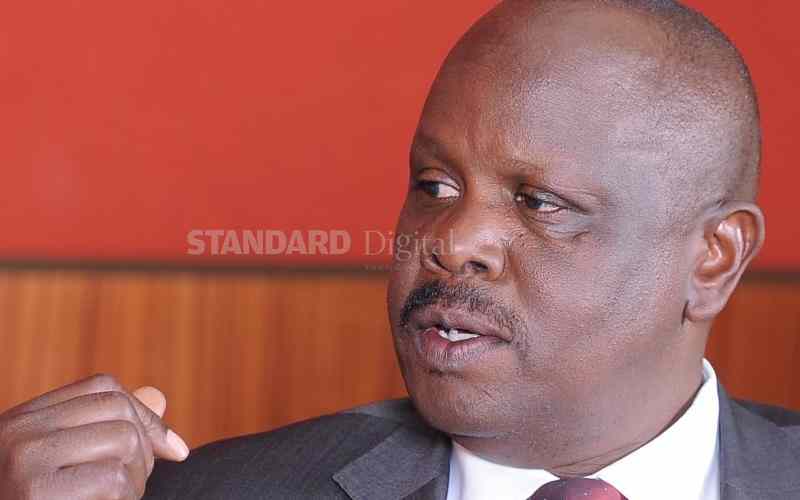
Isaac Kiprono Ruto was elected Chepalungu MP in 1997 to become one of President Daniel arap Moi’s point men in South Rift Valley. Between 1998 and 1999, he was the Assistant Minister for Education, and later moved to the Ministry of Agriculture in the same capacity until 2001 when he became a Minister.
After Bomet MP Kipkalya Kones was relieved of his duties for associating with the Opposition, Ruto was promoted to Minister for Vocational Training in 2002. As a politician and by his appointment, he was expected to ensure that the Opposition and the Kones influence came to nothing in the region that was traditionally a KANU stronghold.